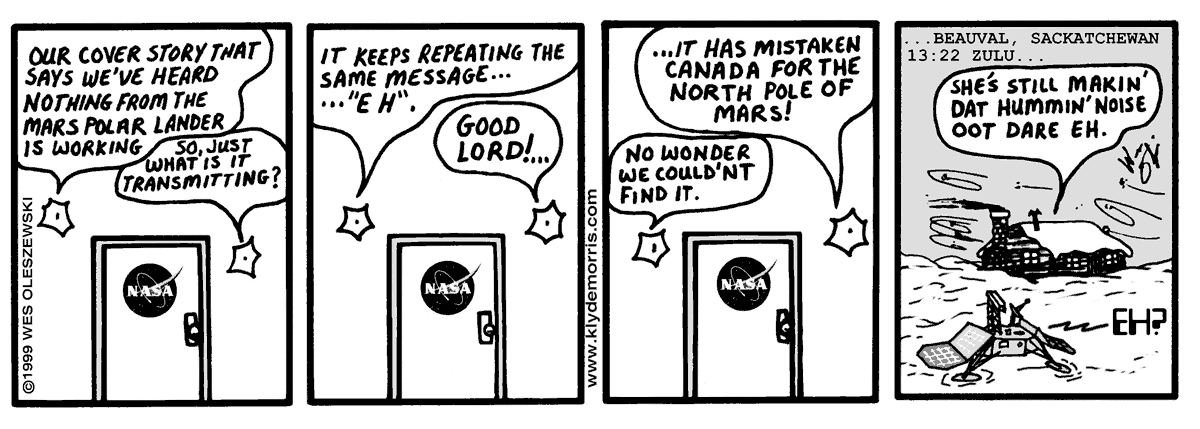Getting accustomed to watching Scooby Doo in Spanish was the least of Moriba Jah’s (’99, PC) challenges at age 6. Moving from California to Venezuela multiplied the typical new kid troubles, and Jah endured more than his share of childhood bullying as a result. “I was a foreigner and learning a new language. There were different cartoons, different customs, different everything. It’s not easy for a kid,” he says.
But through it all — and with the support of his late parents, mother Elsie Turnier de Marquez, stepfather Jorge Marquez Lupi and father Abraham Jah — he developed an animated personality and a dogged determination that resulted in many career successes. Today, Jah is a leading voice in the discussion over human-made orbital debris.
Flight Back to the States
As a U.S. citizen attending a military high school in Venezuela, Jah couldn’t join the Venezuelan military like his classmates. His second choice, the U.S. Marines, was also a no-go, thanks to another barrier.
“I was 17 years old. My mom wouldn’t sign any of the documents unless I was going into the Air Force or the Navy,” Jah says. “I just wasn’t a boat dude, so I went into the Air Force.”
Jah was working as a security policeman at Malmstrom Air Force Base in Montana when he took a course in aviation law through the Embry-Riddle Worldwide Campus. That introduction led him to study at the Prescott Campus when he left the service.
A Beacon in the High Desert
In Prescott, Arizona, Jah found a new direction when he took a course with Ron Madler, who had only been teaching there for about a year at the time. “He was into orbital mechanics, and quickly my interests shifted from aircraft to satellites,” Jah says.
Madler provided a positive environment and mentorship on his path forward. “I had a lot of other people around me at the time saying this isn’t for me. I’m a nontraditional student; I didn’t take calculus; I’m not really what an engineer looks like,” Jah says. “Out of all the negativity, Ron was a lighthouse in the darkness for me. That made all the difference. I found another lighthouse at the University of Colorado at Boulder in the late George Born and built upon that. The opportunities and mentoring that I got from Ron and George are the things I built the rest of my career upon.”
Madler, now dean at the College of Engineering at the Prescott Campus, remembers Jah as a student with a clear vision of his future in space. “Moriba took great initiative. He found somebody at Los Alamos National Labs and did all the work to set up a summer internship there with their space division. He did the same thing with Jim Wertz at Microcosm.”
Madler cites Jah’s personality for his success in these ventures. “He was able to overcome that barrier that faculty often put up with our students in terms of maintaining a professional distance,” Madler says.
Shifting to Earth Orbit
The research Jah did with Madler through the Arizona Space Grant Consortium sparked his interest in graduate school, which led him to study under George Born at the University of Colorado at Boulder, culminating in a job at NASA’s Jet Propulsion Laboratory (JPL). He worked at JPL for seven years as a spacecraft navigator, analyzing tracking data on specific satellites for Mars missions and predicting their trajectories.
Jah half-jokingly says that the character of Rich Purnell, played by Donald Glover in the 2015 science fiction movie, The Martian, is modeled after him. “The only person in The Martian that is an astrodynamicist is a black dude with short dreadlocks. There was only one of those at JPL, and that was me.”
His 10-year stint at the Air Force Research Laboratory (AFRL), following JPL, brought his personal mission closer to Earth. He worked to track and understand the population of roughly 23,000 human-made objects (larger than 10 cm) in Earth’s orbit, of which only approximately 1,500 are working satellites. This human-made orbital population became his primary concern. Jah decided that the nontransparent nature of the Department of Defense’s tracking operations could be a problem for private entities wanting to enter orbit. His research, now as an associate professor at The University of Texas at Austin, centers around establishing a more reliable and accessible “data lake” on space objects and events, and setting up a framework conducive to discovering key insights regarding how objects in space behave. His hope is that this data will inform space policy and regulations to maximize orbital safety and long-term sustainability of space activities.
Driven by Altruism
Jah has more than 75 published scientific papers to his name, and has given lectures and TED Talks on the subject of space situational awareness and astrodynamics. His credentials amplify his voice, but his motivation is bigger than himself.
“It’s been a long road, but I feel blessed, guided to do this sort of work. My soapbox is one of altruism. There’s nothing wrong with profit, but I want to have a voice for the community and thus operate from a nonprofit vantage point,” Jah says. “I want to do things that are beneficial to humanity, which has an ever-increasing reliance upon space activities, services and capabilities. This is how I am called to make a contribution.”


